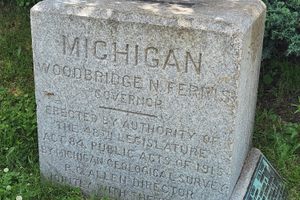About
If you bike along the scenic, border-crossing Vennbahn, or Fen Railway, you'll pass through a section that's in Belgium, but where Germany is visible to your left and right—an unusual legacy of the days when Europe's borders were more contentious and fluid.
Constructed by the Prussian State Railway around 1889, the Vennbahn traversed land which, on German unification about 40 years earlier, had become German territory. After WWI, though, the many border changes mandated by the Treaty of Versailles handed the trackbed, the stations, and the infrastructure to Belgium. This provisional change, which was soon made permanent, created a narrow strip of Belgium that formed six German enclaves cut off from the rest of Germany by the railway system. During WWII, Germany invaded Belgium and took control of the line, but after the war, Belgium reassumed sovereignty of the railway.
During the late 1940s and early 1950s, some of the enclaves became centers of large-scale coffee smuggling into Germany from Belgium, since duties made coffee much more expensive in Germany. The area became known as the "Aachen Coffee Front" or the "Sinful Frontier."
The railway closed in 2002, and work started to create the 125-kilometer (78-mile) cycle route along its path from Aachen in Germany through Belgium proper and onto Troisvierges in Luxembourg. The route passes through scenic countryside and small towns, and by historic sites and convenient rest areas. Cycling the full route takes one through three countries and includes many border crossings, many of them barely noticeable, which shows how this geographic anomaly has become an excellent example of cooperation within the European Union.
Related Tags
Know Before You Go
The cycle path is paved almost everywhere and is mostly flat.
Published
December 9, 2020
































